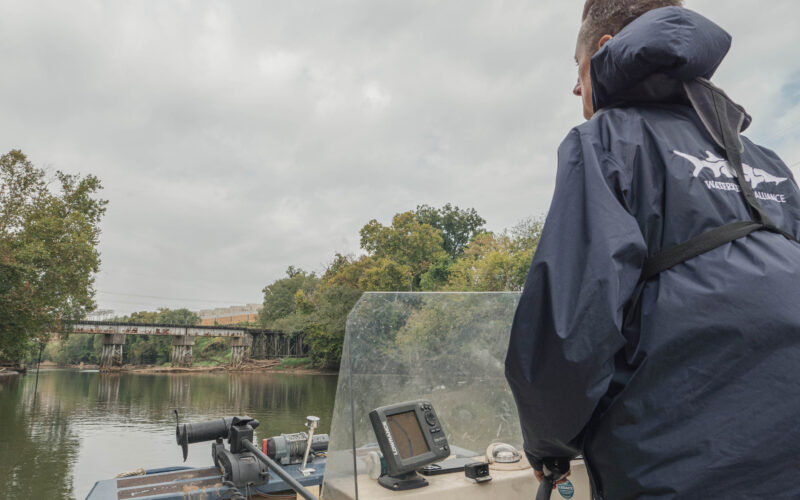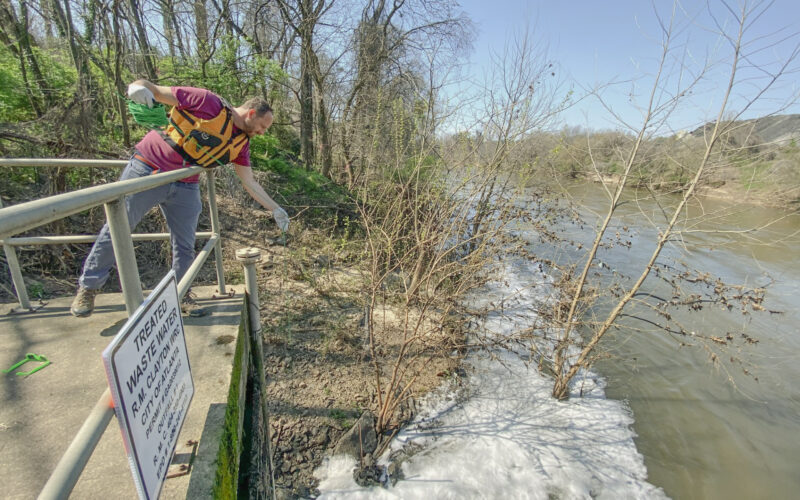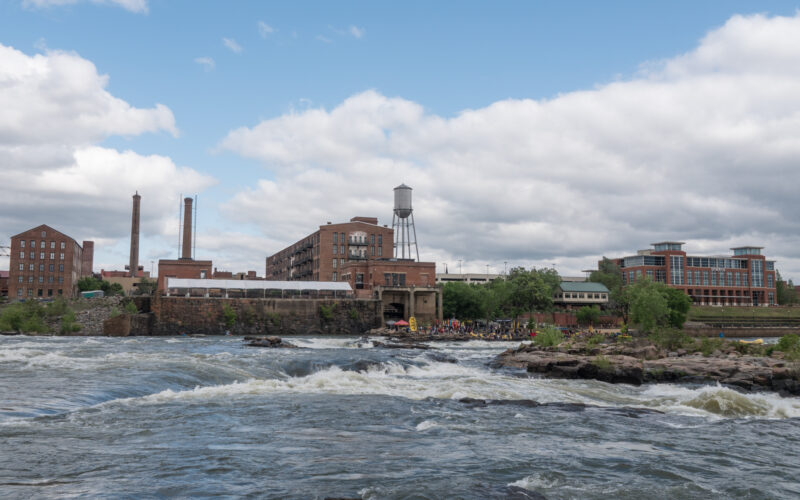A lot of conversation about Georgia’s growing population has focused on what the change will mean for “redistricting,” or how boundary lines will change future elections and political races.
The population changes also have implications for Georgia’s water resources, which we all have an obligation to use wisely and responsibly.
The 2020 US Census tells us that about half of Georgia’s new population depends on the Chattahoochee River, Lake Lanier, West Point Lake, and Lake Oliver for drinking water.
For the sake of round numbers, between US Census years 2010 and 2020, the entire state of Georgia gained an additional one million people (1,024,255 people to be exact).
Of those one million people, 74% (or 761,672 people) ended up in the 15 counties of the Metropolitan North Georgia Water Planning District – that is, metropolitan “Atlanta.” The Metro Water District spans six of the state’s major river basins.
Of the 74% who moved into the 15 counties of the Metro Water District, more than half (469,583 people) live in five counties that already get all or nearly all of their drinking water supply from the Chattahoochee River or Lake Lanier: Fulton, Gwinnett, DeKalb, Forsyth and Hall.
Cobb County also sources some of its drinking water from the Chattahoochee River, but we did not include Cobb because it also sources water from the Etowah River and Lake Allatoona. It’s a little tricky to slice and dice the numbers, but it is worth noting that Cobb is the third most populous county in Georgia behind Fulton (#1) and Gwinnett (#2); DeKalb is #4.
And the Chattahoochee River’s three headwaters counties – Lumpkin, White and Habersham – gained about 7,000 people between 2010 and 2020.
Finally, the eleven middle and lower Chattahoochee River counties gained about 27,000 people between 2010 and 2020. This includes Troup County, which relies on West Point Lake for drinking water. Columbus – which is wholly dependent on the Chattahoochee River via Lake Oliver – is now Georgia’s second largest city behind the Atlanta (#1) and ahead of Augusta (#3). In this region of the state, six counties also experienced a population decline.
| US Census | 2010 | 2020 | Change |
|---|---|---|---|
| Georgia Population Total | 9,687,653 | 10,711,908 | +1,024,255 |
| 15 Counties of the Metro Water District | 4,832,743 | 5,594,370 | +761,672 |
In conclusion, about half of Georgia’s additional one million people are directly dependent on the Chattahoochee River basin’s groundwater, tributaries, Lake Lanier, West Point Lake, and Lake Oliver for drinking water.
To learn more about how aggressive water conservation and efficiency is necessary to ensure this water is sustainable in the future and what you can do, read CRK’s Filling the Water Gap: Conservation Successes and Opportunities for Communities that Depend on the Chattahoochee River. You can find all of the data used in this article – including county-by-county and city specific and GIS files here and here.


